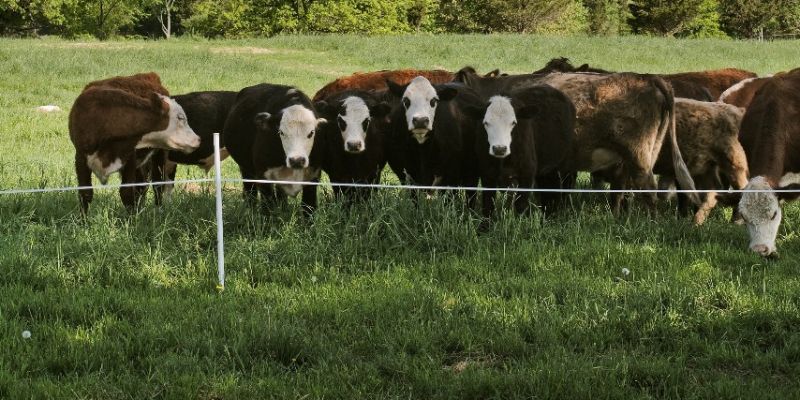
For the first time an Ulster County farm has been awarded a Federal Farmland Protection grant to fund the preservation of farmland in Gardiner. After a competitive ranking process, the Natural Resources Conservation Service (NRCS) of the US Department of Agriculture selected the Kiernan Farm to receive a matching grant of $440,000 towards the purchase of development rights for the farm. Application was made by the Open Space Institute (OSI) with the support of the farm owners, Marty and Thelma Kiernan, as well as that of the Gardiner Open Space Commission and the Gardiner Town Board. The Kiernan Farm, one of the most highly ranked farms among the seventeen New York applicants for $2.6 million in protection funds, was one of only six grants awarded, the only grant awarded in Ulster County and one of the largest grants awarded statewide.
The grant, subject to adjustment based on a final appraisal, is contingent on a 50% match from other sources. It is awarded to fund the purchase of a conservation easement restricting nonagricultural development, while allowing farm activities to continue. This effectively lets farmers obtain the development value of their property without developing it. The preservation of privately held working farmland, one of the goals of both the Gardiner Comprehensive Plan and the Gardiner Open Space Plan, protects farmland for future generations. Currently in New York State a farm is developed every three days, with approximately 26,000 acres of productive farmland being lost each year. Protected farmland also provides wildlife habitat and scenic landscapes, as well as playing a key role in protecting water resources. Unlike other types of publicly held open space, however, the farmer continues to maintain and pay taxes on his or her land at no added cost to taxpayers.
Numerous studies show that agricultural land generates more in real property tax revenue than it requires in municipal services. In New York, for every one dollar in taxes paid by farmland, the local government will be required to spend only 35 cents on community services, leaving 65 cents of that tax dollar in town coffers. In contrast, every dollar of tax revenues paid by residential development costs the local community $1.32 in services, a net loss to the town.
The question now before the Town Board is whether to contribute from the town’s Open Space Bond fund toward the required 50% match. The grant provides the town with its first opportunity to use its bond fund to leverage contributions from other funding partners to preserve an important part of its rural landscape. The Kiernan Farm is part of a priority conservation area in Gardiner’s Open Space Plan. No final decisions will be made until after a public hearing and a vote of the Town Board. Whatever the town’s share, the tax costs per household are likely to be small. For example, if the share the town decides to undertake through bonding is $100,000, at current bond interest rates for a 20 year bond, the cost per household (for the median assessed residential property) would be between $2.86 and $3.09 a year. For a $200,000 local share, the cost per household would be between $5.72 and $6.18 a year.
Over the last decade our neighbors in Warwick, Orange County, have preserved 17 farms within their borders by pairing monies from their bond fund with matching grants. Thanks to a very special Gardiner farm, Gardiner now has the unique opportunity to begin to do the same, to the economic benefit of its taxpayers. I encourage the town to join with OSI to insure that the local match required for the federal grant is met, advancing the community’s goals expressed in its Comprehensive and Open Space Plans.
